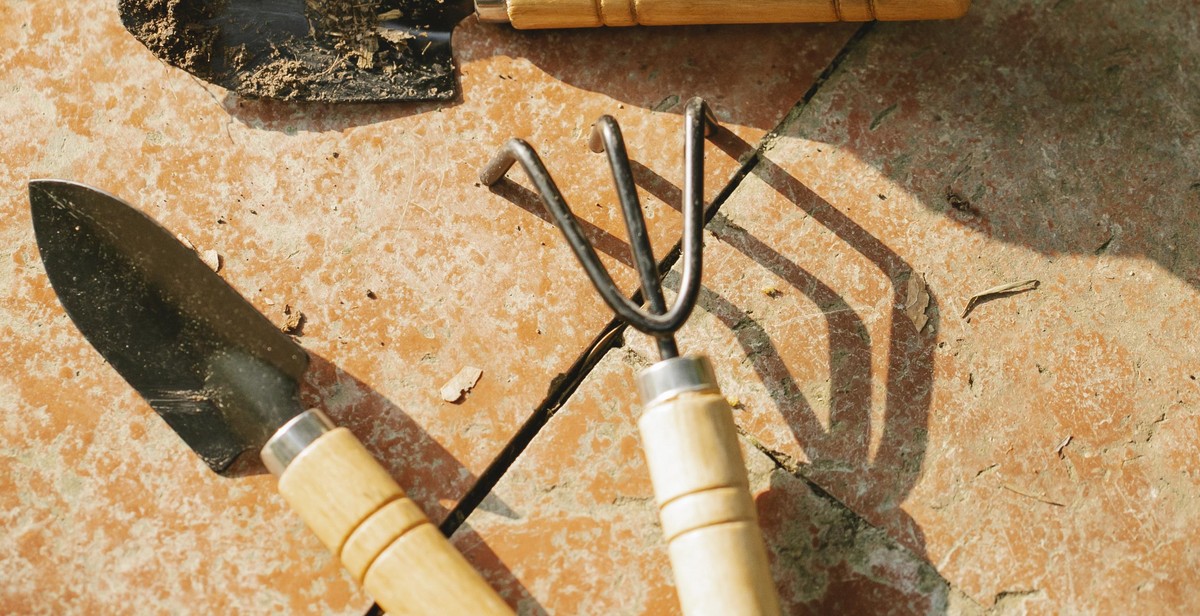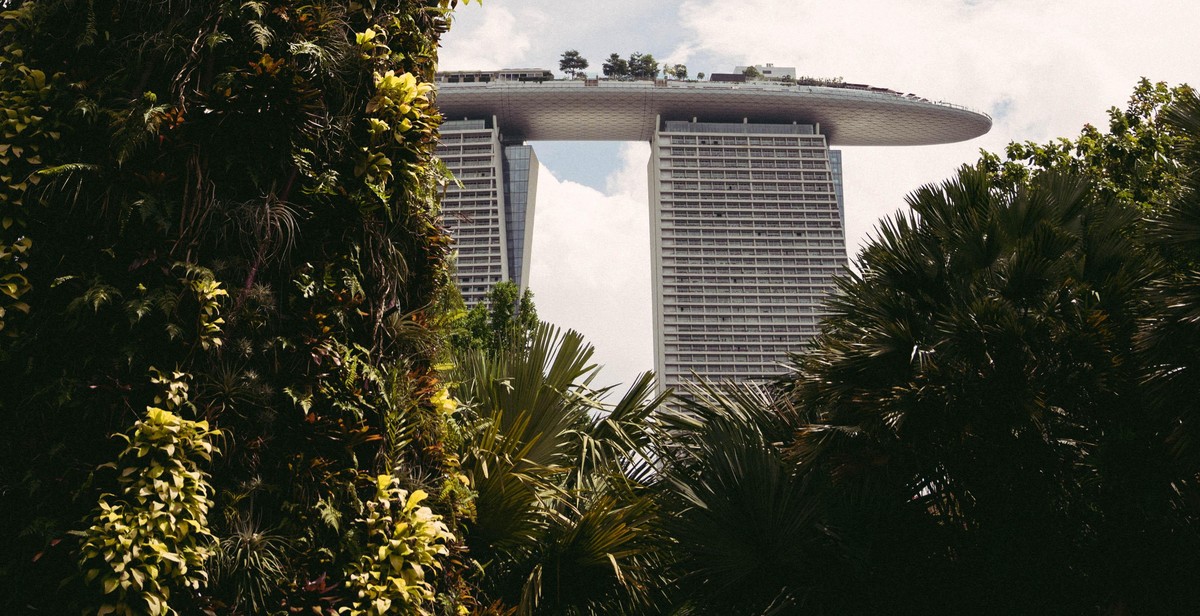How to Build a DIY Vertical Garden using Recycled Materials
Vertical gardens are a great way to add greenery to your home, especially if you have limited space. They are also an excellent way to recycle materials that would otherwise end up in the landfill. Building a DIY vertical garden is a fun and easy project that anyone can do with a few basic tools and materials.
Why Build a Vertical Garden?
Vertical gardens have become increasingly popular in recent years due to their numerous benefits. They are a great way to:
- Add greenery to small spaces
- Grow your own herbs and vegetables
- Improve air quality
- Reduce your carbon footprint
- Create a unique and eye-catching feature in your home or garden
What Materials Do You Need?
The great thing about building a DIY vertical garden is that you can use almost any material you have on hand. Some popular options include:
- Wooden pallets
- Old gutters
- Plastic bottles
- Shoe organizers
- Picture frames
How to Build a Vertical Garden
Building a vertical garden is a simple process that involves:
- Choosing your materials
- Preparing your materials
- Attaching your materials to a wall or frame
- Adding soil and plants
With a little creativity and some basic DIY skills, you can have a beautiful and sustainable vertical garden in no time!

Why Build a DIY Vertical Garden?
Vertical gardening is becoming increasingly popular for several reasons. One of the primary benefits of a vertical garden is the ability to grow more plants in a smaller space. This makes it an ideal option for those with limited outdoor space, such as apartment balconies or small yards. Additionally, vertical gardens can add a unique aesthetic appeal to any outdoor area.
Eco-Friendly Gardening
Another reason to build a DIY vertical garden is that it is an eco-friendly way to garden. By using recycled materials, you can reduce waste and give new life to items that would otherwise end up in a landfill. Additionally, vertical gardening can help reduce water usage. By using a drip irrigation system, you can target the water directly to the plants’ roots, reducing the amount of water that is lost to evaporation or runoff.
Cost-Effective Gardening
Building a DIY vertical garden can also be a cost-effective way to garden. By using recycled materials, you can save money on the materials needed to build the garden. Additionally, vertical gardening can help reduce the amount of money spent on soil and fertilizer. Because the plants are grown vertically, less soil is needed, and the plants can share nutrients more efficiently.
Overall, building a DIY vertical garden is a great way to enjoy all the benefits of gardening in a smaller space, while also being eco-friendly and cost-effective. With a little creativity and some recycled materials, you can create a unique and beautiful garden that is both functional and sustainable.

Choosing the Right Recycled Materials
When building a DIY vertical garden, it is important to consider the materials you are using. Not all recycled materials are suitable for gardening. Here are some materials to avoid and some to use:
Materials to Avoid
- Pressure-treated wood: This type of wood is treated with chemicals that can leach into the soil and harm plants.
- Old tires: Tires can contain harmful chemicals that can leach into the soil and harm plants. They can also retain heat, which can be damaging to plant roots.
- Plastic containers: Some plastic containers can release harmful chemicals into the soil, especially when exposed to heat.
Materials to Use
- Pallets: Pallets can be used to create a sturdy frame for your vertical garden. Look for pallets that are marked with the letters HT, which means they have been heat-treated and are safe to use.
- Wood crates: Wood crates are a great option for planting individual plants. Look for crates that are made from untreated wood.
- Metal containers: Metal containers, such as old buckets or watering cans, can be great for planting. Look for containers that are made from food-grade metal.
- Glass jars: Glass jars can be used to create a unique and stylish vertical garden. Look for jars that are big enough to house small plants.
Table: Materials to Avoid vs Materials to Use
| Materials to Avoid | Materials to Use |
|---|---|
| Pressure-treated wood | Pallets |
| Old tires | Wood crates |
| Plastic containers | Metal containers |

Designing Your Vertical Garden
Designing your vertical garden is a crucial step in the DIY process. It involves choosing the right location, determining the size of your garden, and selecting the right plants. Here are some tips to help you design your vertical garden:
Choosing the Right Location
The location of your vertical garden is important. It should be a place that receives enough sunlight and is easily accessible. When choosing a location, consider the following:
- The amount of sunlight the area receives
- The accessibility of the area
- The water source nearby
Determining the Size of Your Garden
The size of your vertical garden will depend on the available space and the number of plants you want to grow. Before you start building your garden, determine the size of your garden by considering the following:
- The available space
- The number of plants you want to grow
- The type of plants you want to grow
Choosing the Right Plants
Choosing the right plants is crucial for the success of your vertical garden. You need to select plants that can thrive in small spaces and do not require a lot of soil. Consider the following when choosing plants for your vertical garden:
- The amount of sunlight the plants require
- The amount of water the plants need
- The type of soil the plants need
- The size of the plants when they are fully grown
| Plant Type | Amount of Sunlight | Amount of Water | Type of Soil |
|---|---|---|---|
| Succulents | Full sun to partial shade | Sparse watering | Well-draining soil |
| Herbs | Full sun | Regular watering | Rich, well-draining soil |
| Ferns | Partial to full shade | Regular watering | Moist, well-draining soil |
By considering these factors, you can design a vertical garden that is not only aesthetically pleasing but also functional and sustainable.

Building Your DIY Vertical Garden
Vertical gardens are a great way to add greenery to small spaces, and building your own can be a fun and rewarding project. With a little creativity and some recycled materials, you can create a beautiful and sustainable garden that will thrive in any environment.
Gathering Materials
The first step in building your vertical garden is to gather your materials. For the frame, you can use anything from an old pallet to a sturdy piece of wood. You will also need containers to hold your plants, such as plastic bottles or mason jars. Additionally, you will need screws, a drill, and a staple gun to attach everything together.
Building the Frame
Once you have gathered your materials, it’s time to build the frame. Start by measuring and cutting your wood or pallet to the desired size. Then, drill holes in the corners of each piece of wood and screw them together to create a sturdy frame. Be sure to sand down any rough edges to prevent splinters.
Attaching the Containers
After you have built your frame, it’s time to attach the containers. Using a staple gun, attach your plastic bottles or mason jars to the frame. Be sure to leave enough space between each container to allow for proper drainage and airflow.
Adding Soil and Plants
Once you have attached your containers, it’s time to add soil and plants. Fill each container with a high-quality potting mix and plant your desired herbs, flowers, or vegetables. Be sure to water your plants regularly and provide them with plenty of sunlight and nutrients.
With a little time and effort, you can create a beautiful and sustainable vertical garden that will add life and color to any space. So gather your materials, get creative, and start building!

Maintaining Your Vertical Garden
Now that you have built your DIY vertical garden using recycled materials, it’s time to maintain it. Proper maintenance is essential to keep your garden lush and healthy. Here are some tips on how to maintain your vertical garden:
Watering Your Garden
Watering is the most important aspect of maintaining your vertical garden. Make sure to water your plants regularly, especially during the hot summer months. The frequency of watering depends on the type of plants you have and the weather conditions. Check the soil moisture level regularly to determine when to water.
Fertilizing Your Garden
Fertilizing your garden is essential to keep your plants healthy and thriving. Use a balanced fertilizer that contains equal amounts of nitrogen, phosphorus, and potassium. Apply the fertilizer according to the instructions on the package. Avoid over-fertilizing, as it can damage your plants.
Pruning and Trimming Your Plants
Pruning and trimming your plants is necessary to keep them in shape and prevent overcrowding. Remove any dead or damaged leaves and stems, as they can attract pests and diseases. Trim back any overgrown branches to promote new growth and maintain the shape of your garden.
| Task | Frequency |
|---|---|
| Watering | Regularly, as needed |
| Fertilizing | Every 4-6 weeks |
| Pruning and Trimming | As needed |
With proper maintenance, your DIY vertical garden will provide you with fresh produce and a beautiful display of greenery for years to come.
